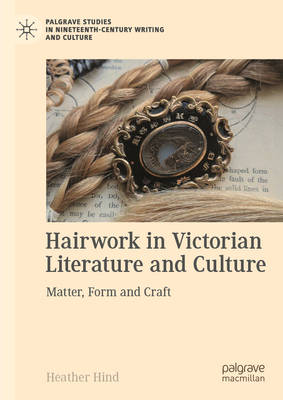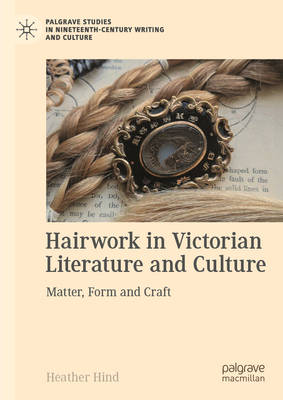
- Retrait gratuit dans votre magasin Club
- 7.000.000 titres dans notre catalogue
- Payer en toute sécurité
- Toujours un magasin près de chez vous
- Retrait gratuit dans votre magasin Club
- 7.000.0000 titres dans notre catalogue
- Payer en toute sécurité
- Toujours un magasin près de chez vous
Description
This book presents an original and engaging study of the cultural history and literary significance of hairwork - the crafting of decorative objects, such as jewellery, from human hair - in Victorian Britain. Hairwork became increasingly fashionable and commercialised in the mid-nineteenth century, before swiftly declining in popularity. Yet, in the Victorian imagination, hairwork held a peculiar capacity to emerge from and capture moments of tension: it was made to mark relationships as they were redefined or consolidated; to process transitions and articulate hope for the future; and to express identities as they were questioned and explored. This book reconstructs and interprets the role of hairwork in revealing and negotiating such desires and anxieties by studying its historical trajectory, surviving artefacts, and practices alongside its literary representations in works by Charlotte Brontë, Emily Brontë, Wilkie Collins, and Margaret Oliphant. It shows how the combination of hairwork's matter, form, and craft - the material of hair, the designs and uses of hairwork, and the processes of its making - expose the complexities and tensions within identity, affective relationships, and social relations and thus contributed to its unique place in Victorian culture.
Spécifications
Parties prenantes
- Auteur(s) :
- Editeur:
Contenu
- Nombre de pages :
- 254
- Langue:
- Anglais
- Collection :
Caractéristiques
- EAN:
- 9783031787782
- Date de parution :
- 27-10-25
- Format:
- Livre relié
- Format numérique:
- Genaaid
- Dimensions :
- 148 mm x 210 mm

Les avis
Nous publions uniquement les avis qui respectent les conditions requises. Consultez nos conditions pour les avis.






